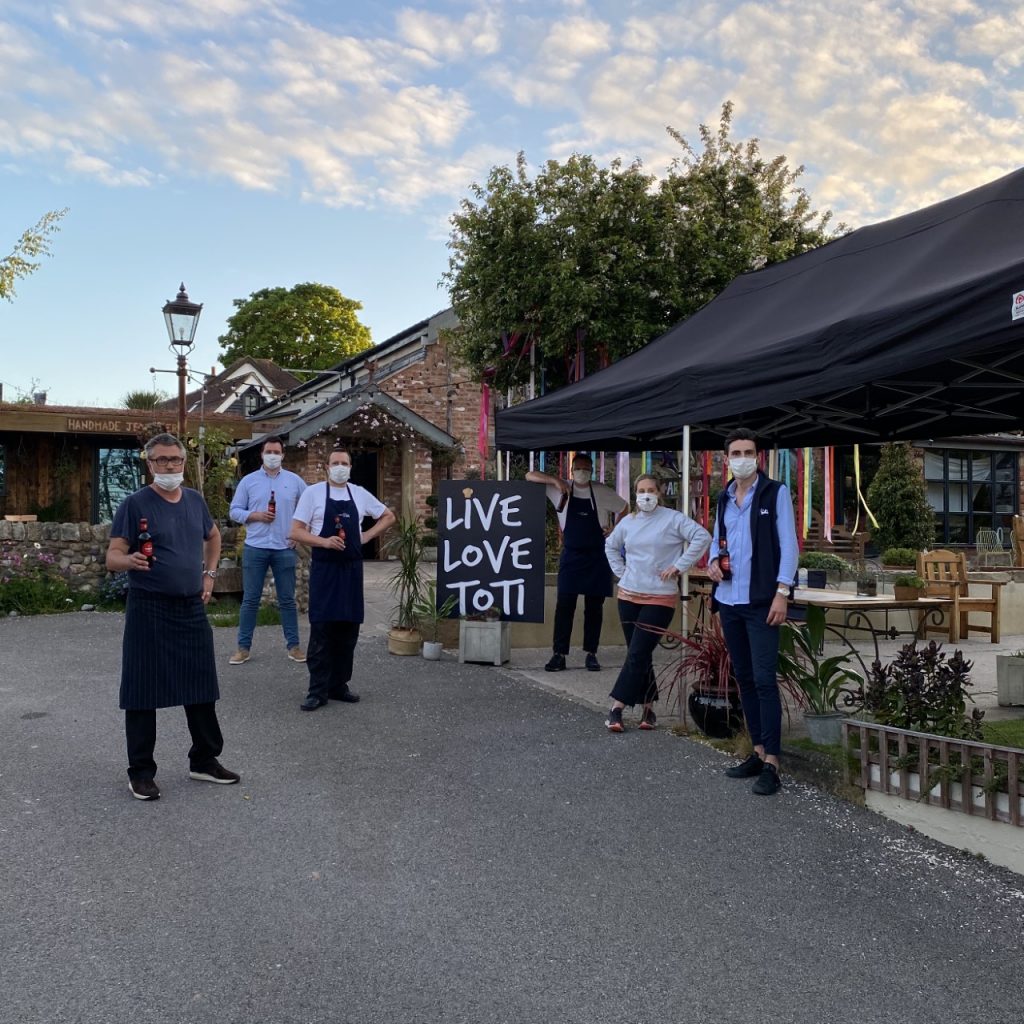Covid-19 impact on Lancashire Tourism revealed
Visitor numbers fall from 67.7m in 2018 to 21.37m in 2020
The annual Lancashire STEAM* figures, one of the evaluation tools used by destinations to measure the volume and value of tourism, have been released today by Marketing Lancashire; they reflect the serious impact that the pandemic has had on the county’s tourism and hospitality businesses.
- visitor numbers down -68.9% from 67.7m to 21.37m
- economic impact generated down -63.4% from £4.4bn to £1.61bn
The 2020 figures, benchmarked against 2018 figures as STEAM figures were not collected for 2019, take into account the range of unprecedented circumstances faced by the sector; from national lockdowns, enforced periods of closure, varying local restrictions across the county, the introduction of the furlough scheme and reduced operating capacity resulting from the implementation of social distancing measures.
In the six years up to 2018, STEAM figures have shown visitor numbers in Lancashire had increased by 10.2%, rising from 62 million to 68 million and economic impact had increased by 29.7% to £4.41bn from a baseline of £3.40bn.
Rachel McQueen, Chief Executive of Marketing Lancashire said “Whilst the sector has demonstrated incredible resilience and innovation in response to this crisis, there is no doubt that, alongside other economic factors such as Brexit, Covid-19 has had a devastating impact on local tourism, as it has on the lives of many people and families across Lancashire.
“We have all been affected by the pandemic, however, the tourism and hospitality sector which exists to welcome visitors, to provide holidays, leisure and cultural experiences, to host social events and celebrations, found themselves facing unprecedented challenges to their lives and livelihoods.
“Support such as the furlough scheme and the VAT reduction for hospitality businesses, helped Lancashire’s tourism sector rally and once restrictions were lifted, tourism and hospitality businesses demonstrated remarkable levels of creativity and responsibility in both their offer and customer service.

“That resilience and Lancashire grit has driven the ‘bounce back’ that we have seen this summer and, with a county-wide focus on post-Covid recovery, Marketing Lancashire remains committed to working with national, regional and local colleagues and partners to ensure Lancashire tourism returns to the growth track of pre-Covid years or even better.”
Over the last year Lancashire tourism businesses took part in the NatWest North of England Business Barometer, carried out in waves amongst a consistent sample of sector businesses, including accommodation providers and attraction operators.
By early September 2021, 73% of the Lancashire businesses involved were welcoming visitor numbers at or above those of the same period in 2019 (pre-pandemic levels), with 82% experiencing revenue levels at or above that of the same period in 2019.
70% of Lancashire businesses taking part also stated that advanced bookings (Oct-Dec 2021) were at or above those across the same period in 2019.

Over the coming months Marketing Lancashire is investing in Visit Lancashire campaigns to attract visitors for autumn/winter short breaks, and to highlight events and activities linked to half term, Halloween and Christmas.
On 27th November, Lancashire Day, the team at Marketing Lancashire will once again lead a social media campaign championing the county on a local, national and international level.
Rachel McQueen concludes “We are all learning to manage the risks of Covid-19 and we should be very proud of the way Lancashire’s tourism and hospitality sector has weathered this unbelievably difficult time.
“This summer, tourism and hospitality businesses across the county have gone to great lengths to build-back visitor confidence and to provide safe environments for holidays closer to home.
“Lancashire is redefining in every sense and Marketing Lancashire will continue to seize opportunities that will support the tourism and hospitality sector into 2022 and beyond.”